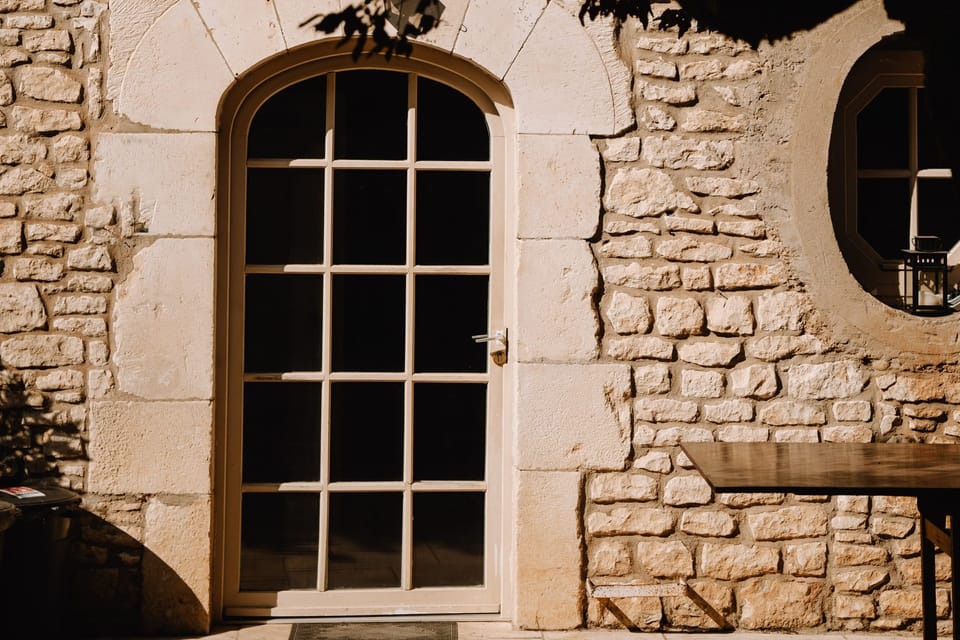8 Fascinating Facilitation Methods to Elevate Your Workshops

Facilitation is more than just leading a meeting or keeping time; it’s about creating spaces where ideas spark, connections form, and progress happens. There are so many amazing techniques out there to experiment with, each bringing a unique energy and outcome to the table. Here’s a list of facilitation methods, including participatory and embodiment techniques, that can refresh your approach and inspire amazing group dynamics.
1. Participatory Facilitation
This approach puts participants in the driving seat. Instead of the facilitator being the key person, the group actively shapes the process and outcomes together. It works wonders for creating buy-in, co-design to ensure everyone’s voice is heard. Activities like brainstorming, decision-making circles, or world café conversations thrive in this method.
🔑 Benefit: Builds engagement and collective ownership of outcomes.
👀 Personal Note: One I use often in user centred design as a way to ensure products are designed with equity and inclusivity.
2. Embodiment Practices
Facilitation doesn't always have to rely solely on words and thinking; this method taps into movement and physicality. Participants explore ideas and emotions by engaging their senses and bodies—like through dance, yoga, or even guided posture exercises. It’s especially effective in fostering awareness and creativity.
🔑 Benefit: Breaks down communication barriers and gets participants out of their heads. The techniques are linked to reduced stress and increased group empathy.
🎨 Personal Note I went along to an Art of Hosting event in Sheffield - Find out more here
3. Graphic/ Visual Facilitation
Sometimes, a picture can paint a thousand words (especially during long discussions). Graphic or visual facilitation involves visually documenting ideas on a large board with diagrams, drawings, and sketch notes. Watching the conversation unfold in real-time provides a dynamic way for groups to see how ideas connect.
🔑 Benefit: Visuals make complex topics easy to follow—engaging for creative, visual and kinesthetic thinkers.
🎨 Personal Note: I often doodle during sessions, to help me listen, retain and recall information plus I can share it with people afterwards.
4. Open Space Technology (OST)
OST is designed for groups tackling big, complex challenges. Participants create their own agenda by proposing discussion topics around a central theme. People naturally gravitate toward the groups they’re most interested in, and the law of “two feet” applies (you’re free to move between discussions).
🔑 Benefit: Empowers participants while encouraging autonomy.
🎨 Personal Note: I love how you have permission to just move to another topic of interest without it being awkward, no excuses necessary.
5. LEGO® SERIOUS PLAY®
Of course, one of my favourites!! This playful method encourages participants to build models representing ideas or scenarios. The tactile interaction helps unlock creativity, encouraging people to think differently and explore new possibilities.
🔑 Benefit: Sparks innovation and provides a level playing field, can be applied to so many things plus —anyone can build with LEGO!
👷 "What I Built:" I've worked with several clients to construct their company strategies using bricks—a unique, fast, and effective method that makes alignment simple for everyone.
6. Appreciative Inquiry
This positive, solution-focused method flips the script on problem-solving. Instead of dissecting problems, the facilitator guides participants to explore what’s working well and how to build on it. Questions glow with optimism, like “What’s the best experience we’ve had?” and “How can we recreate these successes?”
🔑 Benefit: Promotes positivity and motivates action.
🌻 Backed By Science: Studies in positive psychology highlight how focusing on strengths boosts morale and productivity.
7. Fishbowl Discussions
The fishbowl setup creates an inner circle for the active discussion and an outer circle for observers. Participants rotate between the two groups, allowing fresh perspectives to emerge. This method works beautifully in fostering dialogue and deep listening.
🔑 Benefit: Balances active contribution with reflective listening, ensuring the quieter voices get heard too.
🎨 Personal Note: I absolutely love participating in these sessions! Paired with Butter's video conferencing, it’s a perfect combination that provides a great platform for sharing perspectives and tackling challenges effectively. Rachel Davies runs these regularly
8. World Café
This facilitation staple creates an informal café vibe where small groups discuss topics at individual tables. After a round of discussion, participants swap tables, bringing ideas with them. It’s a fantastic way to cross-pollinate ideas and uncover surprising insights.
🔑 Benefit: Makes large-group discussions manageable and energising.
🍵 My Takeaway: Pair it with excellent coffee and comfy chairs, and you'll have a recipe for engagement success! Allow plenty of space for movement, clear away bags that become trip hazards and allow more time than you think.
✨ Bringing It All Together
Facilitation is both an art and a science, and the methods you choose shape how ideas flow and grow. Whether you go for the movement-based creativity of embodiment practices or the structured openness of OST, it's worth trying something outside the box. Just remember, it’s all about creating spaces where every person and idea feels valued.
Check out session lab for more ideas https://www.sessionlab.com/library
Which of these methods are you most excited to try? 🌟